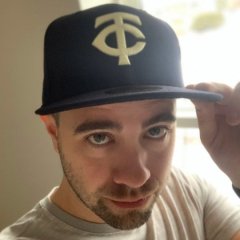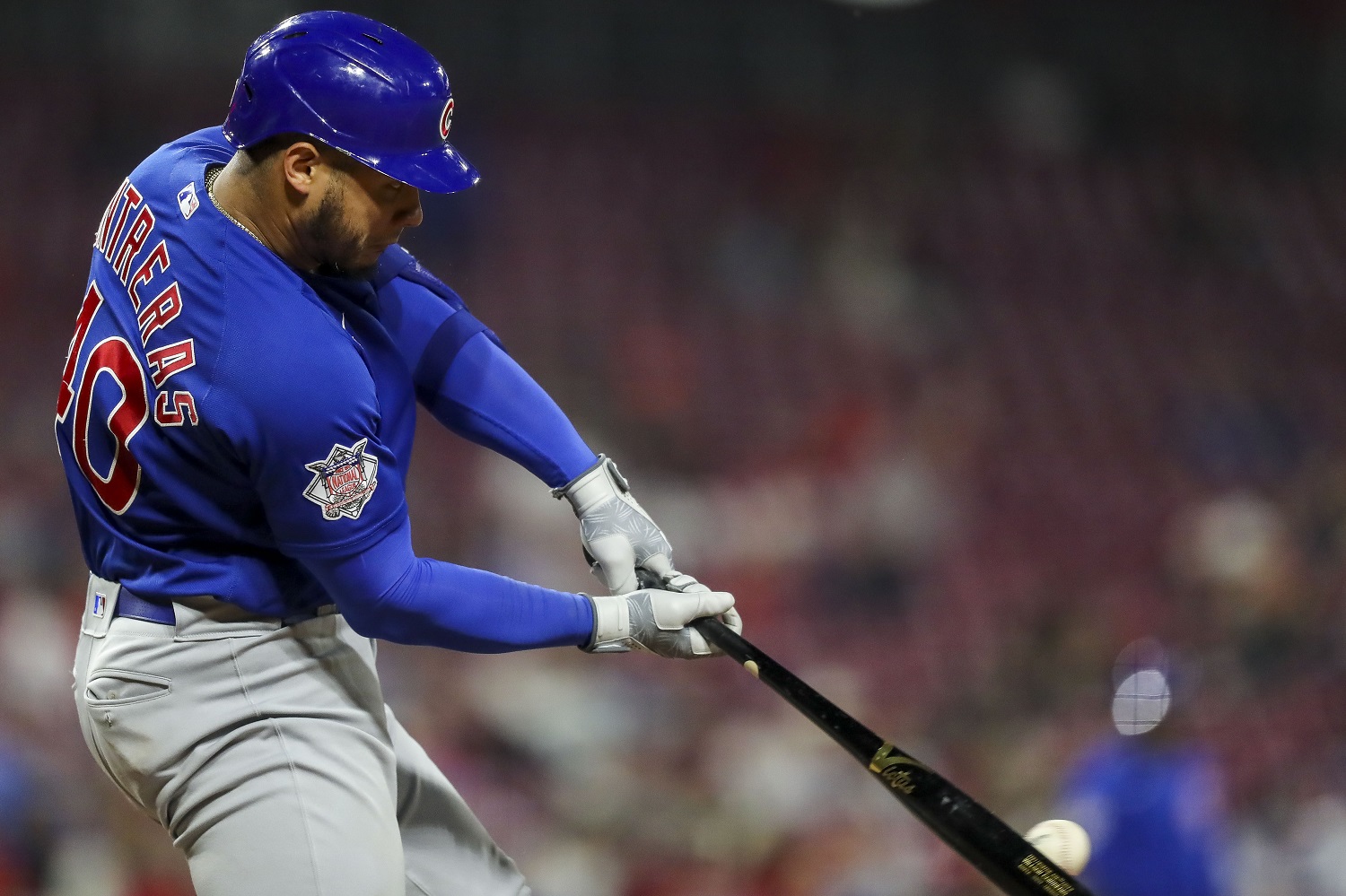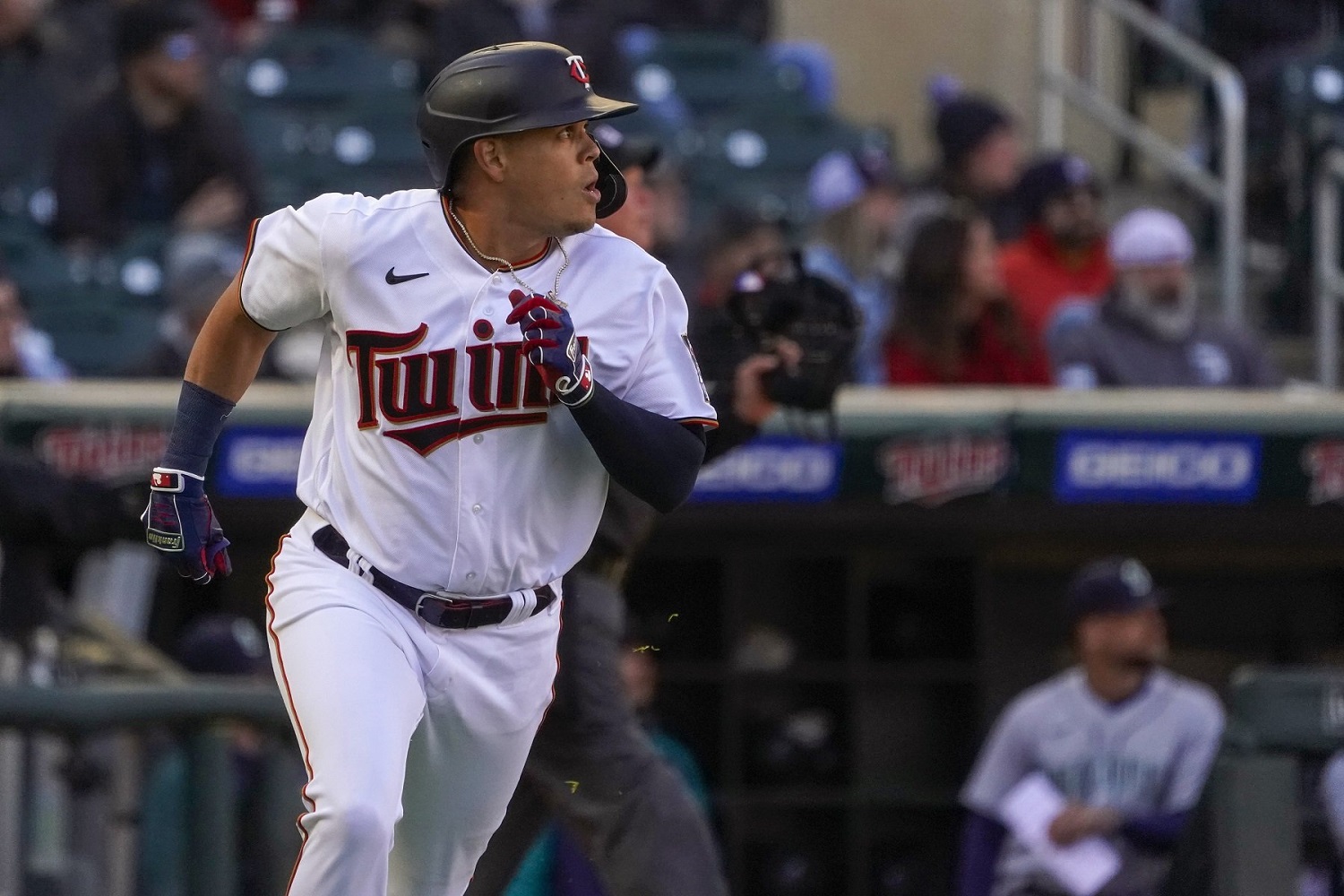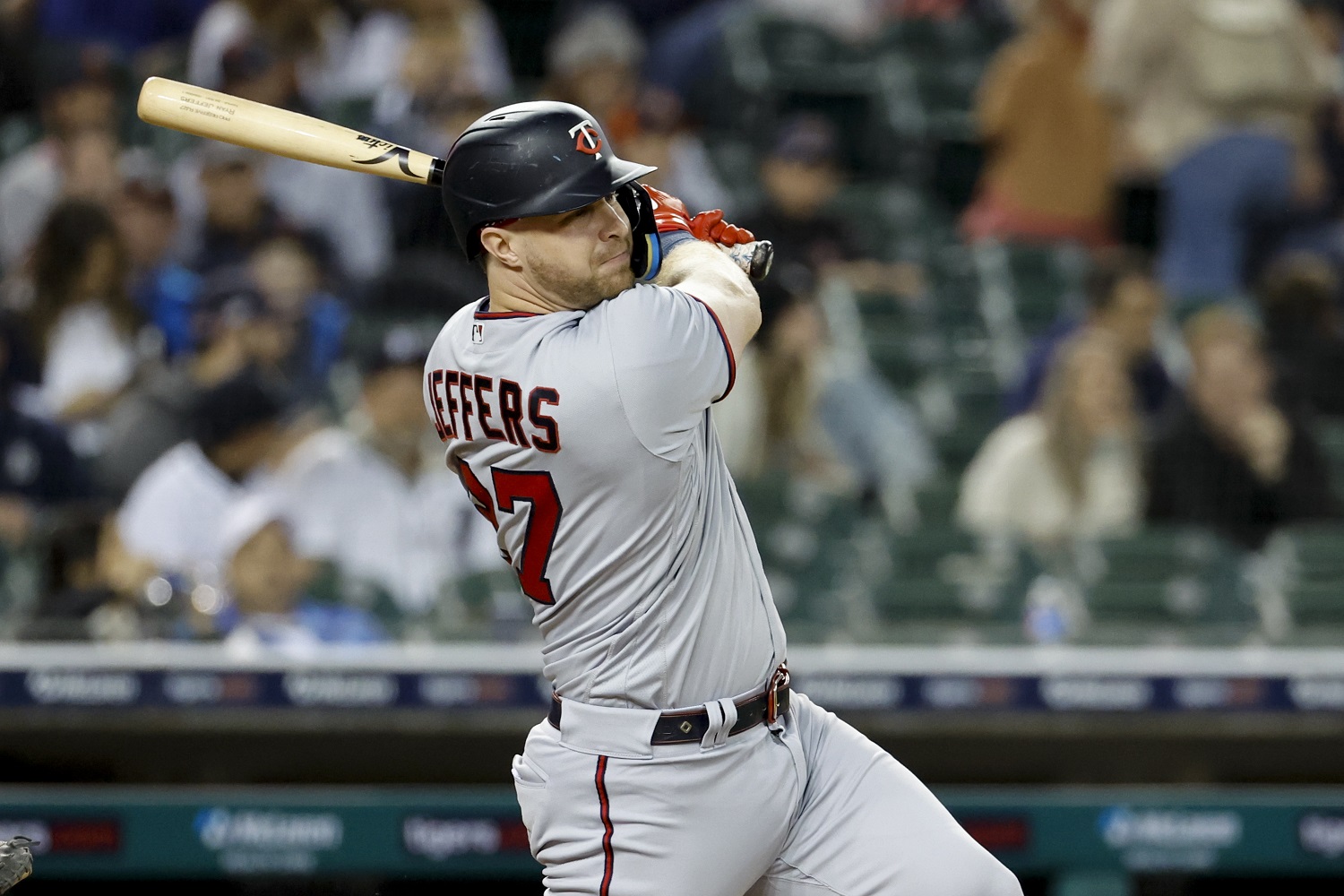Search the Community
Showing results for tags 'gary sanchez'.
-
The offseason is quickly nearing its close and we are something like a month away from pitchers and catchers reporting for Spring Training. Although the offseason is not done for the Minnesota Twins, and Derek Falvey still has work to do, can the argument be made that the roster is already better?...
- 30 replies
-
- gary sanchez
- christian vazquez
-
(and 3 more)
Tagged with:
-
Coming into the winter, it was beyond evident that Carlos Correa was the chief focus for the front office. We saw them come up short on initial dollars, and then things came full circle when his re-signing saved the offseason. Save may need to be used loosely as we still have plenty of areas to see...
- 30 comments
-
- gary sanchez
- christian vazquez
-
(and 3 more)
Tagged with:
-
Coming into the 2023 Minnesota Twins season it couldn’t be more apparent that the success of this team will largely rely on the development and production generated from internal talents. As Derek Falvey and Thad Levine have waited out free agency, only small tweaks have been made to the expected li...
- 27 replies
-
- trevor larnach
- max kepler
-
(and 3 more)
Tagged with:
-
Seeing plenty of other talents fly off the market, Minnesota opted to bet on the bounceback from outfielder Joey Gallo. His addition likely cements the future for Max Kepler, and removes him from the organization. But that would place plenty of focus on youngsters Alex Kirilloff and Trevor Larnach....
- 27 comments
-
- trevor larnach
- max kepler
-
(and 3 more)
Tagged with:
-
While 2022 was not a year to remember for the Minnesota Twins, there were plenty of bombs that will be hard to forget. Let’s count down the five longest Minnesota Twins home runs of 2022....
- 1 reply
-
- carlos correa
- gary sanchez
-
(and 2 more)
Tagged with:
-

Counting Down the 5 Longest Minnesota Twins Home Runs in 2022
Matthew Taylor posted an article in Twins
- 1 comment
-
- carlos correa
- gary sanchez
-
(and 2 more)
Tagged with:
-
-
Coming into the offseason the Minnesota Twins had just a single catcher on their 40-man roster. While Ryan Jeffers did return to the lineup prior to the final game of the 2022 season, he wound up spending most of it injured and ineffective. Now he’s got a partner to share some of the load. Minnesota...
- 52 replies
-
- christian vazquez
- mitch garver
-
(and 3 more)
Tagged with:
-
It wasn’t long ago that the Minnesota Twins employed a veteran alongside Ryan Jeffers in the form of Mitch Garver. When he was traded to the Texas Rangers last offseason, Derek Falvey targeted Gary Sanchez in a deal that sent Josh Donaldson and Ben Rortvedt to the Yankees. Sanchez wasn’t awful, but...
- 52 comments
-
- christian vazquez
- mitch garver
-
(and 3 more)
Tagged with:
-
Going into the offseason the Minnesota Twins have just one catcher on their 40-man roster. With little other help immediately seen throughout the system, it’s a position needing to be addressed this winter. The question for Derek Falvey and Thad Levine may be just how dire is the issue?...
- 64 replies
-
- ryan jeffers
- sandy leon
-
(and 3 more)
Tagged with:
-
Last offseason the Twins traded Silver Slugger Mitch Garver to the Texas Rangers. Injury had been his bugaboo in recent seasons, and he was ultimately shut down with Texas to undergo an arm procedure. In trading Josh Donaldson and Ben Rortvedt to the New York Yankees, Minnesota opted to pair Ryan Je...
- 64 comments
-
- ryan jeffers
- sandy leon
-
(and 3 more)
Tagged with:
-
Minnesota failed to win any Gold Gloves this season, but there were plenty of improved defensive performances. A respected fielding metric from SABR helps illustrate the team's surprising proficiency with the glove....
- 19 replies
-
- luis arraez
- max kepler
-
(and 3 more)
Tagged with:
-

This Defensive Metric Highlights Improvements for Twins in the Field
Cody Christie posted an article in Twins
- 19 comments
-
- luis arraez
- max kepler
-
(and 3 more)
Tagged with:
-
3 Reasons Ryan Jeffers Should be the Twins Primary Catching Option in 2023
Jamie Cameron posted an article in Twins
The offseason is nearly among us. Close to the top of the Twins offseason priority list is solidifying their plans for the catcher position. Essentially, the Twins have three options; move forwards with Ryan Jeffers as their primary catcher, sign a free agent to be their primary option, or trade for... -
The Minnesota Twins will soon be without the services of Carlos Correa. Once he opts out of his contract, there is little inclination that he will return for 2023 on a new deal. Needing to replace the production, could Minnesota look behind the plate?...
- 21 replies
-
- gary sanchez
- ryan jeffers
-
(and 3 more)
Tagged with:
-
Despite what looked to be like a quality lineup on paper, the 2022 Minnesota Twins found themselves struggling to put runs on the board. This issue only worsened as the injuries mounted, but losing one of their best offensive players in Carlos Correa certainly isn’t going to help things. Needing to...
- 21 comments
-
- gary sanchez
- ryan jeffers
-
(and 3 more)
Tagged with:
-
-
Last offseason the Twins made a shocking trade with the Yankees, parting with one of their highest paid players and their assumed future shortstop for a couple of pieces back. Now that we have a full season of data, it’s time to revisit....
- 19 replies
-
- josh donaldson
- gio urshela
-
(and 2 more)
Tagged with:
-
The Twins previous offseason was a flurry of surprising moves. A team that was typically pretty quiet and tame in terms of their acquisitions made several big trades in an attempt to return to relevance in the standings. Unfortunately, this didn’t come to fruition, but is it possible that parting wi...
- 19 comments
-
- josh donaldson
- gio urshela
-
(and 2 more)
Tagged with:
-
The Minnesota Twins had a less-than-ideal catching situation at times throughout the 2022 season. As they turn the page to 2023, it’s become clear that the front office views Ryan Jeffers as the guy they’re all-in behind....
- 24 replies
-
- ryan jeffers
- mitch garver
-
(and 3 more)
Tagged with:
-
Prior to 2022, Derek Falvey and Thad Levine made a somewhat surprising move in dealing Mitch Garver to the Texas Rangers. Garver has had injuries throughout his career but was a Silver Slugger-winning backstop, and among the best offensive producers in the game when healthy. That left Ryan Jeffers a...
- 24 comments
-
- ryan jeffers
- mitch garver
-
(and 3 more)
Tagged with:
-
Injuries have forced the Twins to dig deep into the organization to fill spots on the active roster. Before this winter’s Rule 5 Draft, Minnesota has some housecleaning to do on the 40-man roster....
- 59 replies
-
- jake cave
- mark contreras
-
(and 3 more)
Tagged with:
-
Recent Articles
-
Recent Posts
-
3
Hey, look here
Whoooooooo Ranked ProspectsTurangChourioQueroFrelickBillWilburSpankyEdgarJohn NOOOOOOOOOO...
By Brock Beauchamp
Last post date -
0
Can Jorge López Rediscover His First-Half Success?
The Twins made a much-needed trade for an all-star reliever at last year’s deadline, but what they got fell short of e...
By Lou Hennessy
Last post date
-
Blog Entries
-
Who's Online (See full list)
- There are no registered users currently online
























